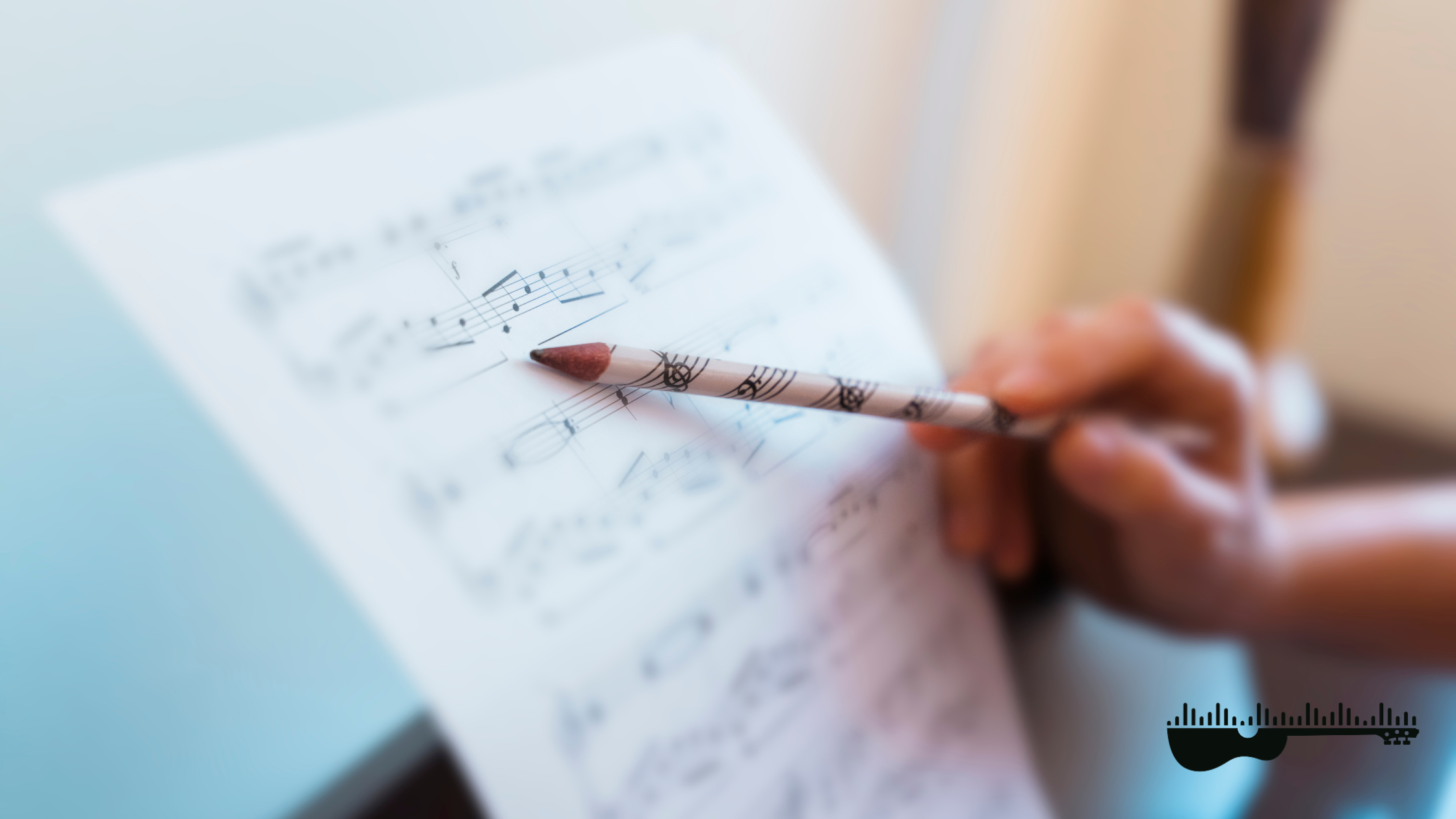
Compose Your Masterpiece with Music Theory Lessons
Ready to unlock the secrets of music composition? At Global Music Academy, our music theory lessons will guide you through the fundamental elements that bring your musical ideas to life. Whether you're an aspiring composer or a seasoned musician looking to deepen your knowledge, our expert instructors will help you master the core concepts of harmony, counterpoint, chords, and melody.You'll learn how to create rich, complex compositions and understand how theory fuels your creativity. Whether you're focused on classical composition, jazz improvisation, or crafting your next big hit, our lessons provide the foundation for you to bring your musical vision to reality.With flexible in-person and online options, our lessons are designed to fit your pace and goals, whether you're just beginning or refining your advanced skills. Get ready to create music that speaks to the world.Join Global Music Academy today and start composing the music of tomorrow!
Why take music theory lessons?
-

Master the Language of Music
Book a LessonUnderstanding music theory is like learning a new language. Once you unlock the vocabulary of scales, chords, and harmony, you’ll be able to express your musical ideas more clearly and confidently.
-

Elevate Your Composing Skills
Book a LessonWhether you're writing for an orchestra or creating a hit song, music theory helps you understand the structure behind great compositions. You'll gain the tools to turn your creative ideas into complete, polished pieces.
-

Enhance Your Instrumental Playing
Book a LessonTheory and instrument mastery go hand in hand. With a deeper understanding of how scales and chords work, your playing will become more intuitive and expressive, whether you're on piano, guitar, or any other instrument.
-

Improve Your Musical Ear
Book a LessonMusic theory strengthens your ability to identify notes, chords, and progressions by ear, giving you the confidence to play and compose music on the fly, whether in the studio or on stage.
-

Unleash Your Full Creative Potential
Book a LessonMusic theory isn’t just about rules—it’s about breaking them to create unique, personal music. By mastering theory, you’ll unlock the ability to experiment and innovate, blending genres and creating your own sound.
What will you learn?
Scales and Key Signatures
Learn how to build major, minor, and exotic scales, and understand how key signatures influence the music you play and compose. This is the foundation for everything from classical compositions to modern pop hits.
Chords and Harmony
Dive into the world of triads, seventh chords, and chord progressions. You’ll gain the skills to understand and create harmonic structures that elevate your compositions.
Rhythm and Time Signatures
Mastering rhythm is essential for every musician. You’ll learn how to read and write rhythms, from simple 4/4 time to complex patterns, ensuring your music has the groove and flow it needs.
Counterpoint and Voice Leading
Discover how to create harmony between multiple melodies with counterpoint. This technique will help you create rich, textured music, whether for classical compositions or modern arrangements.





